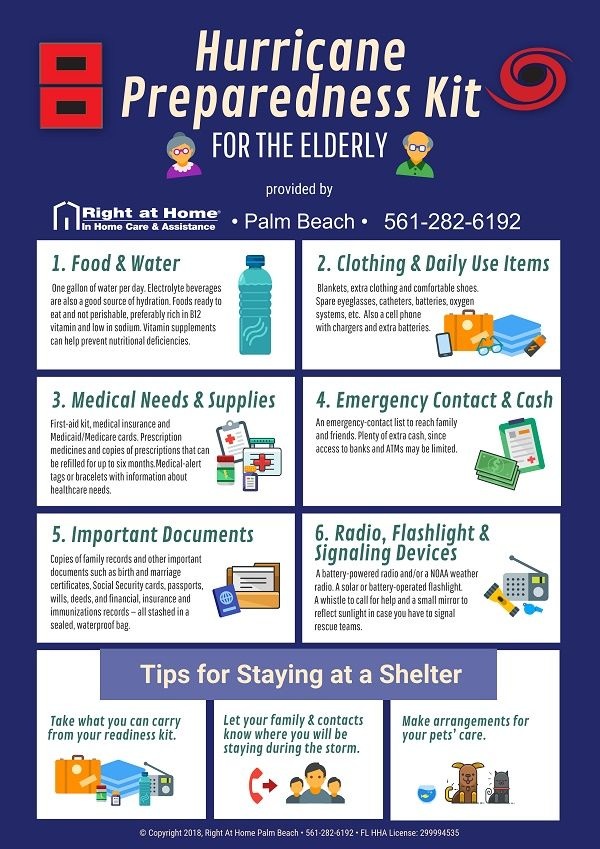Why is it so important to stay hydrated?
Your body depends on water to survive. Every cell, tissue, and organ in your body needs water to work correctly. For example, your body uses water to maintain its temperature, remove waste, and lubricate joints. Water is needed for good health.
How does my body lose water?
Water makes up more than half of your body weight. You lose water each day when you go to the bathroom, sweat, and even when you breathe. You lose water even faster when the weather is really hot, when you are physically active, or if you have a fever. Vomiting and diarrhea can also lead to rapid water loss. If you don’t replace the water you lose, you can become dehydrated.
How do I know if I’m dehydrated?
Symptoms of dehydration include the following:
- Little or no urine, or urine that is darker than usual
- Dry mouth
- Sleepiness or fatigue
- Extreme thirst
- Headache
- Confusion
- Dizziness or lightheaded feeling
- No tears when crying
Don’t wait until you notice symptoms of dehydration to take action. Actively prevent dehydration by drinking plenty of water.
Who is at higher risk of dehydration?
People are at higher risk of dehydration if they exercise at a high intensity, have certain medical conditions, are sick, or are not able to get enough fluids during the day. Older adults are also at higher risk. As you get older, your brain may not be able to sense dehydration and send the signals for thirst.
You may need to increase the amount of water you are drinking if you:
How much water should I drink each day?
You may have heard different recommendations for daily water intake. Most people have been told they should drink 6 to 8 8-ounce glasses of water each day, which is a reasonable goal. However, different people need different amounts of water to stay hydrated. Most healthy people can stay well hydrated by drinking water and other fluids whenever they feel thirsty. For some people, fewer than 8 glasses may be enough. Other people may need more than 8 glasses each day.
If you are concerned that you are not drinking enough water, check your urine. If your urine is consistently colorless or light yellow, you are most likely staying well hydrated. Dark yellow or amber-colored urine is a sign of dehydration.
Besides water, what else can I consume to stay hydrated?
Water is the best option for staying hydrated. Other drinks and foods can help you stay hydrated, but some may add extra calories from sugar to your diet.
Drinks like fruit and vegetable juices, milk, and herbal teas can contribute to the amount of water you get each day. Even caffeinated drinks (for example, coffee, tea, and soda) can contribute to your daily water intake. A moderate amount of caffeine (200 to 300 milligrams) is not harmful for most people. This is about the amount in 2 to 4 8-ounce cups of coffee. However, it’s best to limit caffeinated drinks because caffeine may cause some people to urinate more frequently, or feel anxious or jittery.
Water can also be found in fruits and vegetables (for example, watermelon, tomatoes, and lettuce) and in soup broths.
What about sports drinks and energy drinks?
For most people, water is all that is needed to maintain good hydration. However, if you are planning on exercising at a high intensity for longer than an hour, a sports drink may be helpful. It contains carbohydrates and electrolytes that can increase your energy and help your body absorb water.
Choose a sports drink wisely. They are often high in calories from added sugar and may contain high levels of sodium. Also, check the serving size. One bottle may contain several servings. If you drink the entire bottle, you may need to double or triple the amounts given on the Nutrition Facts Label. Some sports drinks contain caffeine. If you use a sports drink that contains caffeine, be careful not to get too much caffeine in your diet.
Sports drinks are not the same as energy drinks. Energy drinks usually contain large amounts of caffeine and other stimulants (for example, guarana, ginseng, or taurine) that your body doesn't need. Most of these drinks are also high in added sugar. Many experts recommend that children and teens should not have energy drinks.
Tips for staying hydrated
- Keep a bottle of water with you during the day. Purchasing bottled water is expensive and creates plastic bottle waste. Carry a reusable water bottle and fill it from the tap instead.
- If you don’t like the taste of plain water, try adding a slice of lemon or lime to your drink.
- Be sure to drink water before, during, and after a workout.
- When you’re feeling hungry, drink water. Thirst is often confused with hunger. True hunger will not be satisfied by drinking water. Drinking water may also contribute to a healthy weight-loss plan. Some research suggests that drinking water can help you feel full.
- If you have trouble remembering to drink water, drink on a schedule. For example, drink water when you wake up; at breakfast, lunch, and dinner; and when you go to bed. Or drink a small glass of water at the beginning of each hour.
- Drink water when you go to a restaurant. It will keep you hydrated, and it’s free!

